

Research Areas
Research Areas
Research Areas
Research Areas
Research Areas
Research Areas
Research Areas
TheNitschkeGroup
Department of Chemistry, University of Cambridge
complex matter through molecular
self-assembly





About us
We use chemical self-assembly to create complex structures with targeted functions from simple building blocks. Our work deals with the preparation of complex structures using a process we refer to as subcomponent self-assembly. In this process, simple building blocks (generally aldehydes and amines) come together around templates, which are often metal ions like copper(I) and iron(II), although boron may be used as well. Both covalent (generally C=N) and coordinative (N→Template) bonds are formed during the same overall self-assembly process. Although a great range of products may be possible in theory, and the system may "sample" many different structures during thermodynamic equilibration, only a small subset of all possible product structures are stable with respect to the others.
Our central challenge is thus to figure out the rules governing which product structures may be expected to emerge from a complex self-assembling system. These rules may then be used synthetically, to create complex and potentially functional assemblies.
Research Areas
Group Members
Publications
Join the Nitschke Group
















